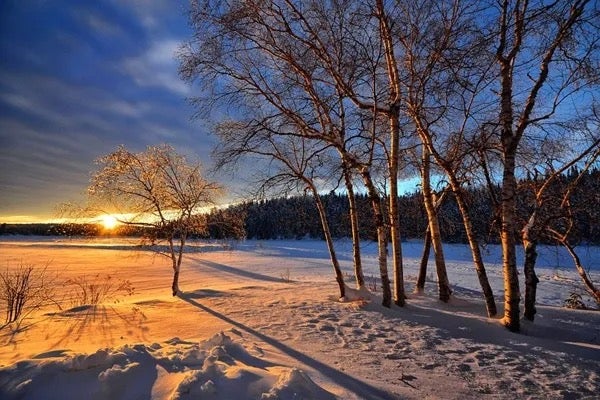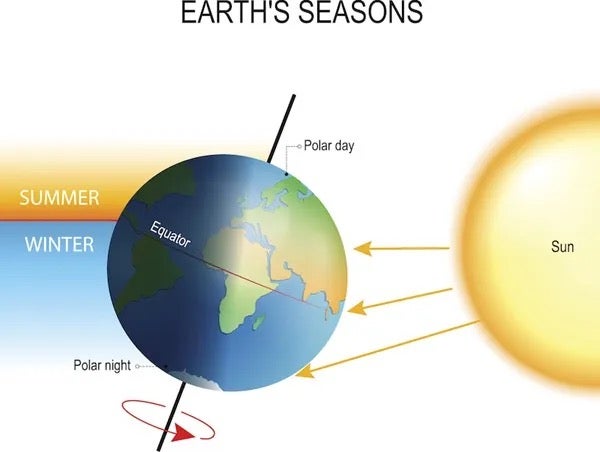
Credit: Pixabay/ AlainAudet
With snow already flying across some of the country, it may be hard to believe that winter does not officially arrive until the Dec. 21 solstice. The winter solstice — the precise moment when the Sun appears farthest south in the sky — happens at 10:21 p.m. EST in 2023 in the Northern Hemisphere, according to the National Weather Service.
Throughout the Northern Hemisphere, the day of the solstice has the fewest hours of possible sunlight and the night has the most hours of darkness. (In the Southern Hemisphere, where this solstice marks the beginning of summer, days are now longest and nights shortest.) Yet the earliest sunset and latest sunrise of the year do not coincide with the shortest day. This happens because Earth’s orbit around the Sun is not a perfect circle and the tilt of our planet’s axis isn’t aligned with the solstice.
The exact dates of the earliest sunset and latest sunrise depend on latitude, but the sequence always remains the same: earliest sunset, shortest day, and latest sunrise. At 40° north latitude, the earliest sunset comes around Dec. 7 and the latest sunrise around Jan. 4. The dates are closer together at higher latitudes and farther apart at lower latitudes.
The Sun’s southerly position causes two other noticeable effects. First, noontime shadows appear longer on the solstice than at any other time of year. You can prove this to yourself by using a building or other stable structure — even a well-anchored stick in the ground will work — and marking the length of its shadow on the ground at local noon (when the Sun lies due south). The shadow will be longest on the day of the solstice.
Related: The National Weather Service on the seasons and winter solstice

Second, the Sun rises and sets farthest south on the solstice. Simply find a spot with a clear view of the horizon toward either the southeast or southwest. Then fix the position of the Sun relative to a convenient landmark as it rises or sets for a few weeks around the solstice. You’ll find the Sun appears farthest south on the solstice.
It may come as a surprise that in many cultures, this dark and dreary time of year marked an occasion to celebrate the Sun. People in Mesopotamia, Persia, Babylon, and even ancient Greece and Rome all held celebrations in late December and early January, rejoicing at the Sun’s impending triumph over darkness. The life-giving Sun had “bottomed out” and was beginning its long march back to the north, foreshadowing warmer weather in the future.

